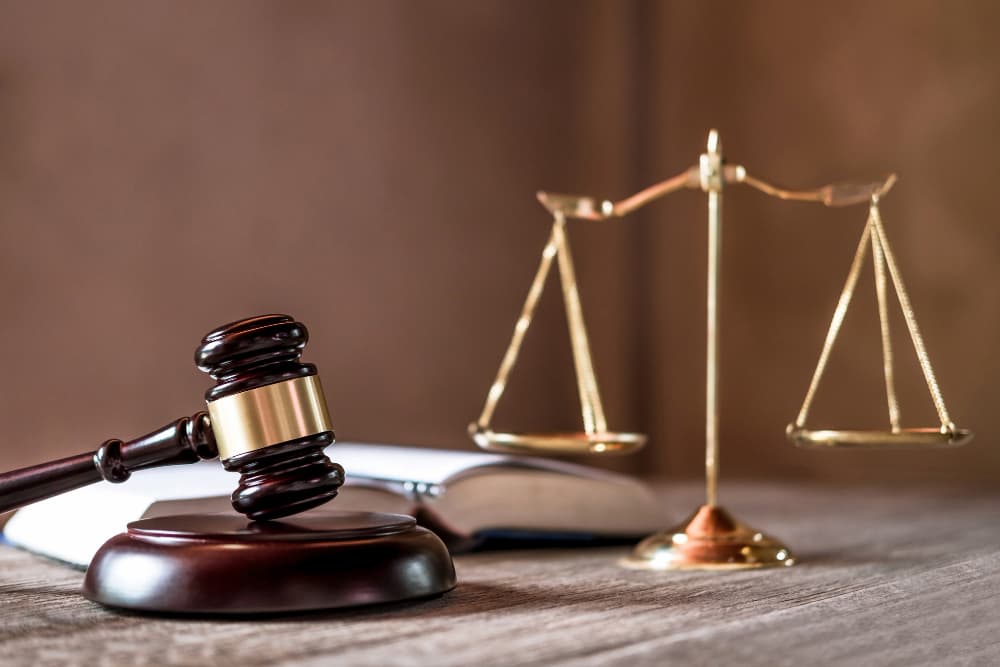Courts, commentators and Constitutional scholars have written countless analyses on the levels of proof required at various stages in our criminal justice system. In this article, I will provide a legal term for each level of proof, as well as an explanation of each, in laymen’s terms, as they apply in an OUI case.
In the interest of context, it is necessary to take a look at the full spectrum of all levels of proof that apply to all types of legal proceedings including criminal, civil and administrative settings. I will begin with the lowest level of proof and work upward to the highest.
I. The Levels of Proof
1. Reasonable Articulable Suspicion (RAS): RAS has been described by the United States Supreme Court (SCOTUS) as something less than probable cause, but more than an unsubstantiated hunch. The term is almost self-defining.
First, note the words “reasonable suspicion”. While the officer (this term applies only to law enforcement officers’ actions taken to detain folks) may have a subjective hunch that a person is or has been engaged in criminal activity, that is not enough to justify detaining that person. The officer must be able to articulate specific facts, which under the “totality of the circumstances” (including all rational inferences derived from those specific facts), justifies a reasonable suspicion that the person has or is in the process of committing a crime.
While the Probable Cause (PC) standard dates back to the adoption of the Constitution (Fourth Amendment), RAS (nowhere to be found in the Constitution) was first recognized by SCOTUS in 1968 in Terry v. Ohio, 392 U.S. 1(1968).
2. Probable Cause: Without delving into a plethora of nuances, PC is required for an officer to make an arrest or conduct a search. At its core PC is a level of proof that would lead a reasonable, cautious and prudent person to believe that a set of facts (in our context, that the person was operating under the influence ) are probably true. Again, this is a level of proof that is almost always relevant to an officer’s actions taken against a person whether an arrest or a search.
3. Preponderance of the evidence: This is the level of proof that governs a civil case and some administrative cases. It simply means: s it more likely than not that the allegation in controversy is true.
4. Clear and convincing evidence: This level lies somewhere between a preponderance of the evidence and our highest level of proof, proof beyond a reasonable doubt. The clear and convincing evidence standard is reserved for some civil and some administrative proceedings.
5. Proof beyond a reasonable doubt: This is the highest level of proof in our legal system and it is only applied in criminal trials. Although most Maine judges instruct juries that it means a person is “almost certain that the charge is true”, I prefer the SCOTUS terminology: “utmost certainty”. In Re: Winship, 397 U.S. 358 (1970).
II. How the Levels of Proof Apply in an OUI Case
All OUI cases, like all criminal cases, are different. They each have their own unique sets of facts. The analysis below is meant as a broad overview of how the afore-defined levels of proof apply generally in an OUI case.
1. The Stop: What constitutes a “stop” for Fourth Amendment purposes will vary from case to case based upon the unique facts of each case. The better term is “seizure”. Often times a seizure occurs (for Fourth Amendment purposes) even when the defendant is not even moving his vehicle. The bottom line is that the officer must have RAS to believe the person is or has committed a crime or have PC to believe the person has committed a traffic offense or a crime to justify seizing that person.
In the typical OUI case, the officer pulls a person over for one of two reasons. First, the officer may “allegedly” have RAS to believe the person is OUI (erratic operation, citizen complaints, etc.). Second, the officer may claim that the reason for pulling the person over was based on PC that the person committed a traffic infraction (speeding, running a red light, illegal lane change, vehicle defect, etc.).
You have the opportunity to contest these allegations through what is called a Motion to Suppress Evidence (MTS). If you chose to pursue a MTS, the officer will be required to testify before a judge (prior to trial).
Based upon the officer’s testimony and any evidence that you may present, the judge, not the officer, will decide whether or not the officer had a constitutionally justified reason for stopping or seizing you. If the judge determines that the officer did not have a justified reason for that initial detention, he/she will “suppress” all evidence obtained subsequent to the Unconstitutional seizure. The granting of a MTS, in this context, will almost always results in a dismissal of the OUI charge.
If you lose the MTS, you still have the right to a trial of your case.
2. The Exit Order for Field Sobriety Tests (FSTs): The officer must have RAS to extend the detention beyond the original reason for stopping you. Even though the reason for the initial stop may be justified, the officer must have RAS to believe you were OUI to justify the ongoing detention and to have you exit your car to perform FSTs.
In order for the officer to have you exit your car to perform FSTs requires RAS to reasonably believe two things: That you had recently consumed alcohol (odor or admissions) and that you were impaired (bad driving, speeding, slurred speech,etc.).
You may pursue a MTS to contest the legality of the exit order. Again, if you file a MTS, the officer must testify to try to convince a judge that the officer had RAS to continue the detention beyond the reason for the initial stop. If the judge finds that RAS for the prolonged detention did not exist,all evidence obtained as a result of that prolonged detention will be suppressed from use at trial. n that case, the charge will almost always be dismissed .
3. The Arrest: The officer needs PC in order to arrest you. That will always be judged on the “totality of the circumstances” including observations of driving, performance on FSTs, admissions, slurred speech, etc. You are also permitted to contest the officer’s arrest decision via a MTS. If you win this pre-trial hearing, your case will very likely be dismissed. As always, if you lose the MTS, you are still entitled to a trial.
4. The Search: A chemical test is a search under the Fourth Amendment, whether breath, blood or urine. The officer must have PC to believe that you were OUI in order to conduct a search of this nature. A search without PC is, likewise, subject to a MTS with the same implications as above-stated with the following caveat: The government, despite the suppression of a chemical test result, may elect to go forward with a prosecution for OUI based upon “driving while impaired by alcohol and/or drugs”.
5. Conviction: A conviction requires the government to prove its case beyond a reasonable doubt. The fact finder, whether a judge or jury, must be convinced that the charge is almost certainly true (or, in my words that echo the SCOTUS : utmost certainty). You are entitled to a trial and to hold the government to satisfy an unbiased fact finder to this burden, this level of proof.
As the foregoing demonstrates, there are many levels of proof that the government must satisfy in order to obtain a conviction for OUI. This article barely scratches the surface of the detailed analysis that goes into defending each unique case.
If you are serious about defending your rights and defending accusations levied by the government against you, please contact us at 207-879-4000.
Disclaimer: This article is intended to provide general, not specific, information about Maine law. The publication of this article does not constitute an attorney-client relationship between the author(s) and the reader(s).





